Building a Great Minimum Viable Product
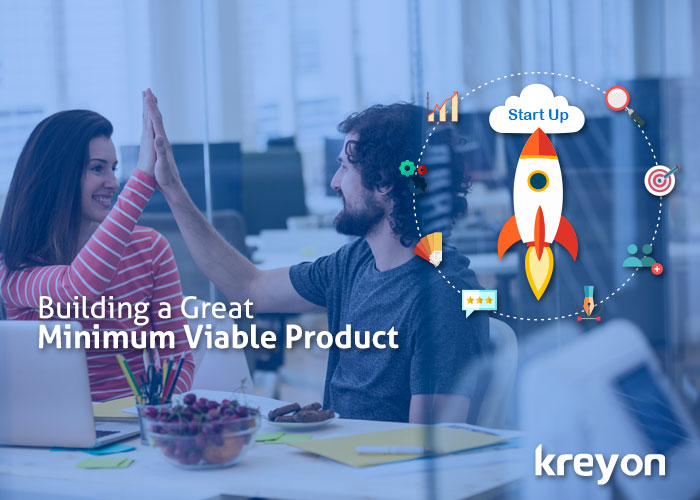
Building products that shape the future is the dream for most companies. The amazing success of minimum viable products like AirBnB, Uber, & Dropbox etc. has created a digital revolution. Today, more and more companies are willing to experiment and launch minimum viable products. These products translate ideas into reality. Building amazing products requires careful evaluation, focus commitment and passion. The following are insights and tips on building a great minimum viable product software:
1. Get Started :
Get into the thick of things and take action. Brilliant ideas bite the dust when they’re not executed. Companies that succeed and bring new ideas into the world are those that constantly try. MVPs are considered the first step in launching successful products.
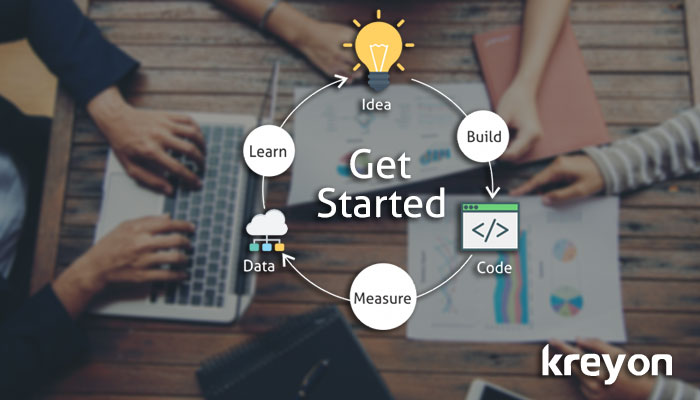
2. Identify the Problem You’re Solving :
People only buy products that make their life easier. The essence of an MVP lies in the problem it solves for its users. Simply put, MVP is building the solution for a problem you’re looking to solve. Identify the core problem that your product addresses.
3. Define the Core Product :
It is easy to dilute a new product with way too many features that no one uses. When building a product, it is important to segregate the core functionality of the product. The additional features add clutter and take away the focus from the real problem you’re solving for your customer. Focus on building the product with minimal features and functionality. MVP product development requires saying no more often than saying yes.
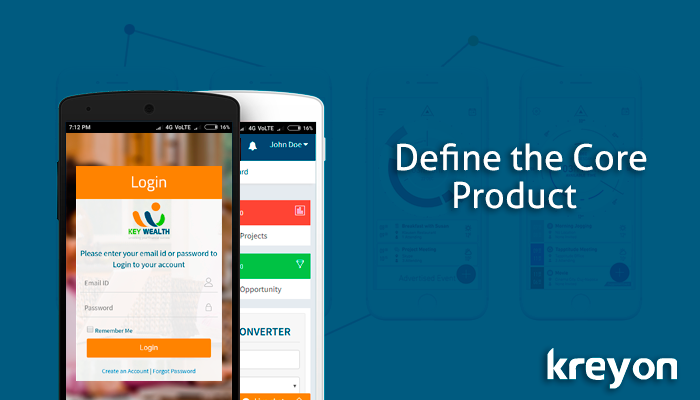
4. Define the Users :
Who will be the users for your product? When building the product, defining your target users will help you to create a better one. Narrow down the user group; don’t create the product for everyone. Target the specific users, their demographics, age, behaviors etc. A niche product caters to a specific audience and can be scaled up later.
5. Design to Differentiate :
A well designed product can enhance its chances of user adoption. A simple and intuitive Design makes the product usable and easy to understand. An intuitive workflow, superb user experience and consistency help in creating a product differentiation too. Here’s how you can build minimum viable product using design thinking.
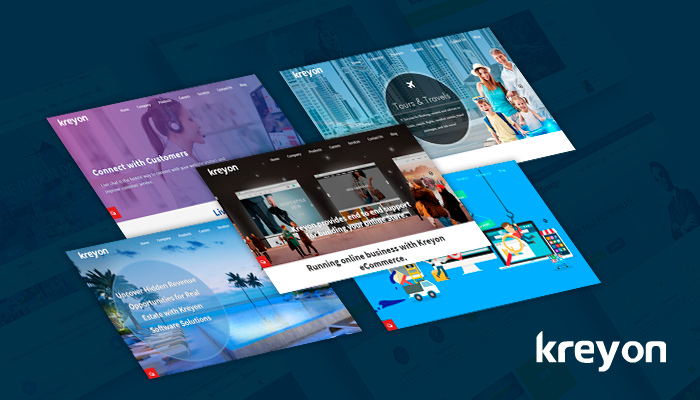
6. Implementation Phase :
Once the designs of the product are reviewed by the end users and various stakeholders, the implementation phase begins. The implementation phase typically takes care of the basic functionality for the product. Once the implementation of the product is completed, the beta version can be shared with end users for their feedback.
7. Feedback & Review :
One of the key aspects of MVP is to get early feedback from its end users. This feedback is then used to shape the product. All assumptions and hypothesis are validated by discussions with end users. Get an idea on your product and whether it really solves a pertinent problem for the customers. Genuine inputs and gaps in existing products are also helpful in creating a stellar MVP.
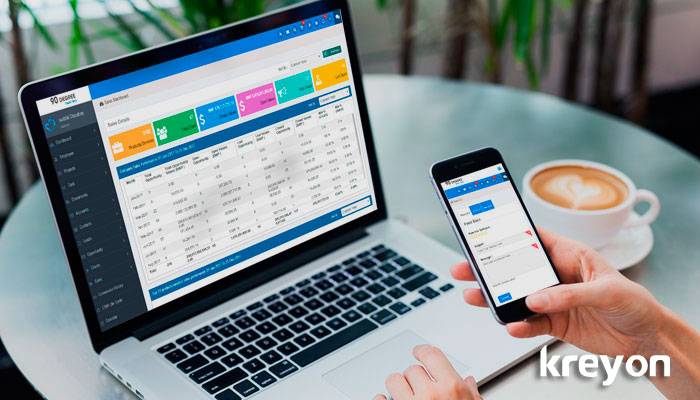
8. Product Iterations :
The feedback from the customers or early adopters is used for further product development. Many a times, the initial hypothesis and assumptions are challenged by the user feedback. The product iterations are useful in fine tuning things for the end users. The product iterations are also important in analyzing whether your product is effectively solving the problem for the end users.
9. Launch Product :
Finally the product is launched for the customers. Be ready to offer trial runs of your product to the users, who might eventually be willing to pay for the product. Top quality support and addressing user concerns proactively is important to get the nod from the users. An explainer video and well designed web portal are the minimum requirements for luring the early adopters.
10. Scale it Up :
Products don’t work instantly. Even if you don’t get a lot of positive response from the potential customers, you can still make it work. Take their feedback and continue to improvise your product, until you hit the sweet spot where you’re addressing their problems and filling existing gaps for your users. Develop the product to scale. Build it so that multiple companies can use the product simultaneously. Product updations and support are much easier that way. Also the product can be built to scale with the growing user base.
Digitization has created a level playing field. Today companies can reach large number of people within a very short span of time using internet. A great product that serves value for its customers is always in demand. Speed and action is critical for building a minimum viable product. Accelerated learning, extreme focus on building the right solution, and optimum use of resources is key to develop a Minimum Viable Product. Some of these MVPs like AirBnb, Facebook, and Spotify etc eventually take the global stage and surprise the world with their innovation and creativity.
Kreyon Systems has an impeccable record of minimum viable product development with creativity, scalability & comprehensive solutions. If you are looking for minimum viable product development services, please reach out to us.
